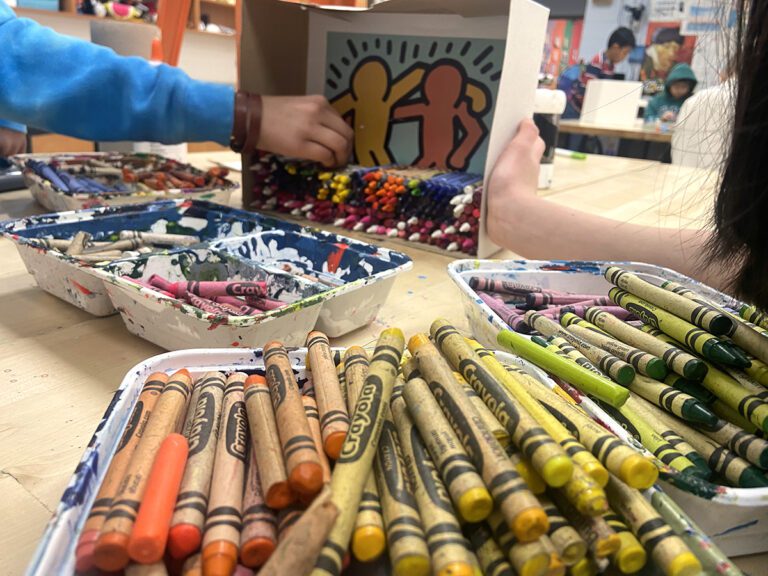Art Education and the Coronavirus (COVID-19)
Art educators have the unique ability to be teachers, artists, and basically superhuman. Teaching art isn’t like all of the other subject areas; it takes people with special qualities to do what we do. Anniina Suominen writes, “The purpose of art education is to help people become active citizens and critical thinkers with curious minds and the ability to express their thoughts in a variety of ways.” That’s a lot of weight to put on an art teacher, but we rise to the occasion; in fact, we exceed all expectations.

When our worlds get turned upside down, and we are asked to do the unexpected, we have the unique ability to adapt because art education has prepared us to do so. Problem-solving is a skill we try to foster within our students, so there’s no question that art teachers are some of the best problem solvers in the school. So, when asked to teach a hands-on, high material subject area online, art teachers did it.
Art teachers are amazing and will always continue to do what’s best for students. Here are five things we’ve learned about art teachers when having to react to a crisis.

1. Art teachers are resilient.
Art teachers are no strangers to adapting to adversity, which is what resilience is. In a matter of days, art teachers were asked to transform their studio classrooms into an at-home, remote style of learning. Sure, other teachers were asked to do the same, but art teachers had the extra challenge of trying to figure out how they would teach a class online that required materials without student access. Is this an ideal situation? Absolutely not, but nonetheless, art teachers have overcome the difficulties and made it happen.
2. Art teachers are flexible.
Although art teachers are no strangers to working with a small budget, it’s easy to take for granted the materials readily available in our classrooms. Realizing that the supplies our students have access to at home will vary and be limited caused us to get even more creative. Art teachers are finding ways to make it work. They are showing students the power of creativity and problem-solving while being flexible and understanding with students. Even if many of our students have little to nothing at home, we’re finding ways to foster creativity and make art!
3. Art teachers are magicians.

To sum it all up, art teachers are doing the impossible. Although we may long for the normalcy and routine of our traditional classroom setting, we’re doing our best to make it work. Art teachers are doing some truly magical things. We’re still trying to give our students the best art experience possible. What would usually take ten minutes to demonstrate in class, now takes hours to record and develop. Even with this extra amount of work, art teachers will continue to do what’s best for their students.
4. Art teachers know how to create a community.
According to the 2020 State of Art Education survey, 70.89% of art teachers said that their biggest joy in teaching is building relationships and connecting with students. Teaching art online doesn’t always allow for the same sort of connection, but showing up for our students in the ways that we can, matters. When art teachers and students are in the studio together, something amazing happens in the artistic process. Students learn a great deal from each other in the community environment, and although we can’t be together, art teachers are doing their best to support their students.
Be ready for online learning, take AOEU’s newest course: Teaching K-12 Art Online
5. Art teachers don’t hesitate to share.
Have you been on social media? Wow, are art teachers willing to share! Whether it be a PLN on Facebook, Instagram, or Twitter, the art teacher community has rallied together to support one another. Art teachers have always been great at sharing ideas and working together, but this amount of sharing has been taken to an entirely new level. In fact, there are sometimes so many ideas it can be overwhelming. Even though every art teacher’s situation and the role of teaching art online are different, it’s nice to know there is support every step of the way.
Although teaching art online isn’t what you may have signed up for, it’s important to recognize the triumphs and successes during challenging times. At the end of the day, art teachers will continue to show up for their students to do what is best for them.
What have you learned about yourself during this time?
What’s one positive thing you’ve taken from remote learning?
Magazine articles and podcasts are opinions of professional education contributors and do not necessarily represent the position of the Art of Education University (AOEU) or its academic offerings. Contributors use terms in the way they are most often talked about in the scope of their educational experiences.






